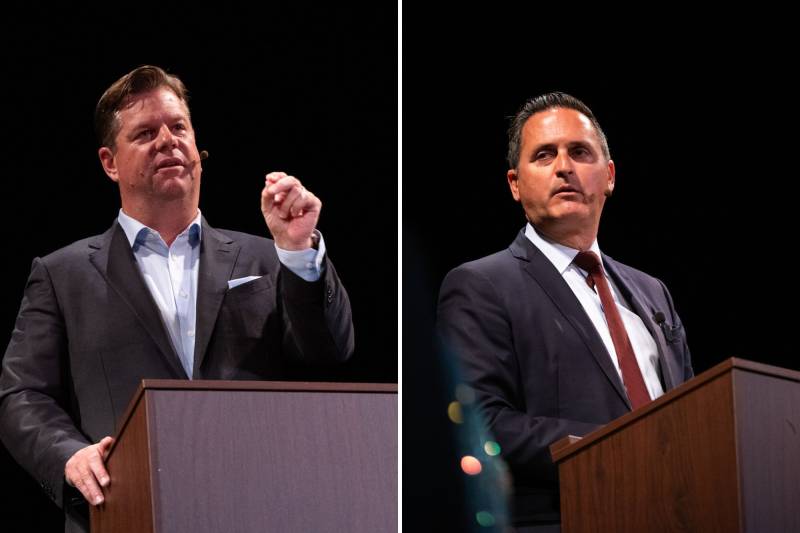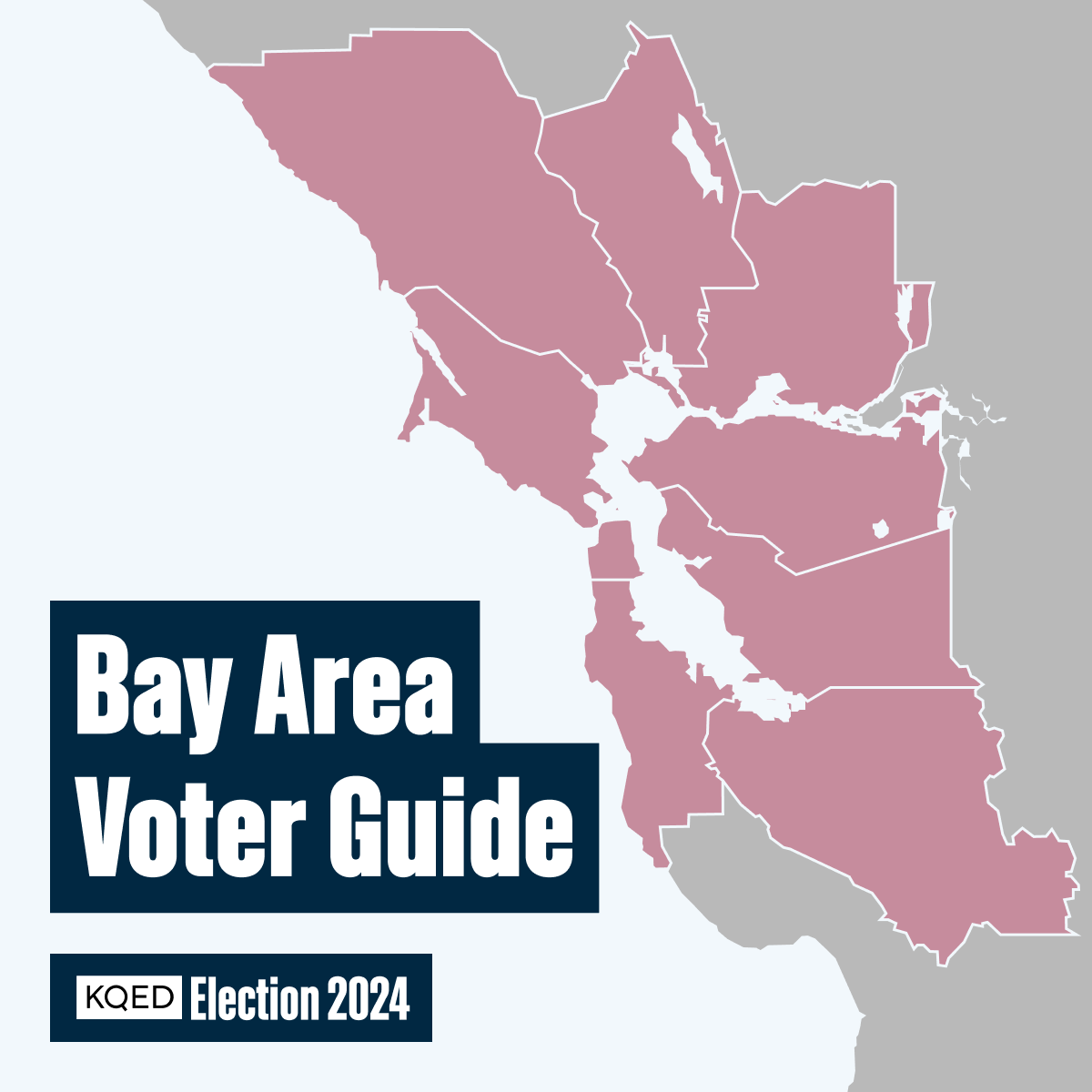“While Ahsha and I do not agree on every issue, we share similar values and a shared belief that San Francisco will be stronger without London Breed as Mayor,” Farrell said in a statement. “Our alliance broadens both of our bases of support citywide and in a race where a percentage point could make the difference between winning or losing is extremely valuable.”
San Francisco uses ranked-choice voting, meaning voters can choose up to 10 different candidates in order of preference, rather than traditional elections in which voters pick a single candidate.
After all of the first-choice votes for each candidate are counted, any candidate with a majority wins the race. But if there is no clear winner in the first round, then the candidate with the least first-choice votes is eliminated, and their votes are redistributed to the next candidate on each voter’s ranking. That process repeats until a candidate has a majority.
Farrell and Safaí have hinted at their collaboration on the campaign trail. When asked in previous forums who they would vote for, each named the other candidate.
“Alliances are about complimenting each other,” Safaí said. “All morning long, I have been getting calls from constituents who want to hear from him.”
The two have both earned endorsements from building trades unions and share common ground on platform points such as wanting to increase police staffing and expand housing development across the city.
“We both are raising our families here. We both have wide support from organized labor,” Farrell said, adding that the two are both “fighting for working families to ensure they have a fair shot and every opportunity to succeed in our city.”

